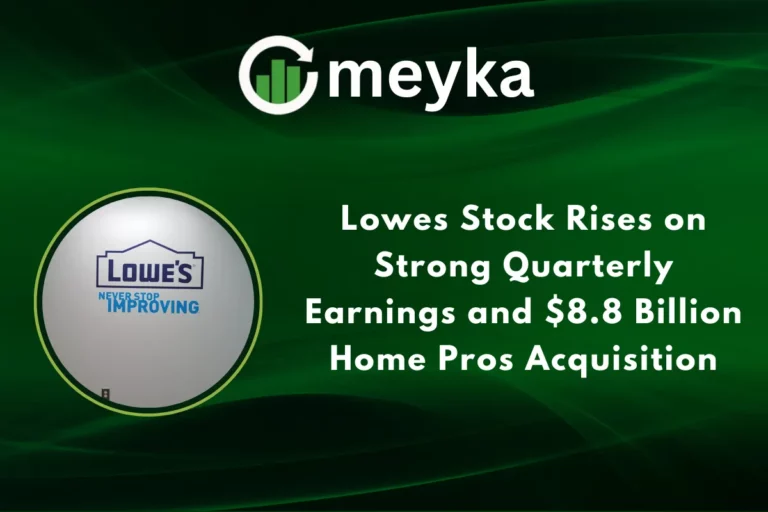How Uber and DoorDash Are Helping American Workers Supplement Their Pay
In the United States, more workers are turning to Uber and DoorDash to earn extra income, providing a flexible way to top up their earnings. These platforms are not just for side hustles; they have become a vital financial safety net for many Americans. For people who have a full- or part-time job already, working as a driver or delivery partner offers a way to cover bills, manage debt, or simply bring in a little more cash each week.
Why Workers Use Uber and DoorDash to Supplement Income
Many gig workers do not rely on Uber or DoorDash as their primary job. Research shows that most of them use these platforms in addition to another income source. According to the Mercatus Center, and supported by analysis from the Aspen Institute, a large portion of gig workers use platforms like Uber and DoorDash to supplement earnings, rather than replace a traditional job.
The flexibility these platforms offer is a big reason. Drivers and delivery workers can choose when they want to log in, allowing them to work around other commitments, such as a full-time job, school, or family responsibilities. Data from DoorDash itself backs this up: only a small share of Dashers deliver more than 10 hours per week.
Another survey by TransUnion found that over 60% of gig workers use their earnings to supplement other income. This suggests that for many people, work on Uber or DoorDash isn’t just a fun pastime; it is a practical way to make ends meet.
The Financial Role of Uber and DoorDash Work
For some, the money earned from Uber or DoorDash is essential. According to the Pew Research Center, many platform workers consider this income “essential” or “important” for meeting basic needs like rent or groceries. In fact, around 16% of U.S. adults have earned money from gig platforms at some point.
A recent survey by Everee, a payroll provider, found that a significant number of drivers rely on instant pay; getting their earnings quickly is critical. According to that survey, 59% of drivers working for Uber, DoorDash, and similar gig platforms depend on gig work for at least half of their income. Quick payment options, such as daily payouts, help workers cover immediate costs like rent, gas, and groceries without waiting weeks for a paycheck.
For older workers, gig work also provides flexibility as they transition into retirement. The American Consumer Institute reports that 65% of gig workers over age 55 say that platforms like Uber help support their earnings as they scale back from traditional work.
How Much Time Do People Spend on These Apps?
Although Uber and DoorDash are often seen as full-time side hustles, many workers spend surprisingly little time on the apps. Business Insider reported that for DoorDash, 72% of Dashers spend less than four hours per week on deliveries, when accounting for time between orders, 62% work under four hours weekly.
Similarly, data from Uber shows that many of its drivers are part-time. According to a study discussed by WRAL, a large portion of Uber earners average fewer than 20 hours per week on the app. Even so, that limited time can make a meaningful difference for people looking to balance flexibility and income.
Benefits Beyond Just Money
For many gig workers, using Uber or DoorDash isn’t just about earning: it’s about flexibility, independence, and control over their schedule. The ability to work when and where they want means they can respond to financial uncertainty in ways that traditional jobs might not allow.
Some also appreciate the minimal entry barriers. Unlike most jobs that require a resume or interview, starting on Uber or DoorDash typically only requires a background check and access to a car or bike. This makes these platforms accessible for a wide range of people, including students, part-time workers, and those reentering the workforce after a break.
Risks and Downsides for Gig Workers
Despite the advantages, there are real drawbacks. Because many drivers and food delivery workers rely on multiple sources of income, they often face unpredictable earnings. That instability can make it difficult to plan for long-term expenses or save consistently.
Cost is another challenge. Drivers incur expenses for gas, vehicle maintenance, and insurance, all of which can eat into earnings. And since gig workers are classified as independent contractors, they do not receive benefits like health insurance, paid leave, or retirement contributions.
There’s also a risk of overreliance. If someone counts on gig work for more than just spare change, slow weeks can be very damaging. That’s why many experts warn that gig income should be treated as supplemental, not guaranteed, safe money.
The Broader Economic Impact
At a larger scale, the popularity of Uber and DoorDash work is reshaping the U.S. labor market. According to research, between 25% and 43% of the workforce has engaged in gig work in some form, though only a small portion uses those platforms regularly.
That shift means more people are blending gig work with traditional employment, which could influence how employers think about labor strategy. It also raises important policy questions around benefits, worker protections, and the classification of gig workers.
What This Means for Workers and Investors
For workers, Uber and DoorDash offer a flexible safety net. Many rely on these platforms not just to make extra cash but to manage their everyday financial lives. Instant pay, flexible hours, and low barriers to entry make them attractive options.
For investors and market watchers, gig platforms like Uber and DoorDash are key pieces of the modern labor puzzle. While not traditional AI stocks, these companies use data-driven models to match supply and demand and optimize earnings. From a stock research standpoint, the long-term success of Uber and DoorDash may depend on their ability to retain and support this core gig workforce.
Looking Ahead
As the gig economy continues to grow, the role of Uber and DoorDash in supplementing income is likely to expand. More workers may rely on these platforms to bridge financial gaps, especially in uncertain economic times.
At the same time, pressure is growing for better protection and more transparency. Some policymakers and worker advocates call for reforms that ensure fair pay, better benefits, and clearer classifications of independent contractors.
FAQs
No. Many drivers and delivery partners treat Uber and DoorDash as supplemental income sources. According to research, the majority of gig workers use these platforms in addition to other jobs.
Instant pay matters because many gig workers use their earnings to cover basic living costs. A survey found that 59% of Uber and DoorDash workers rely on gig income for at least half of their monthly earnings.
While flexibility is a plus, unpredictable earnings and high operating costs (like fuel and insurance) make it risky to depend solely on gig work. Many experts advise treating it as supplemental income, not a guaranteed paycheck.
Disclaimer:
The content shared by Meyka AI PTY LTD is solely for research and informational purposes. Meyka is not a financial advisory service, and the information provided should not be considered investment or trading advice.






